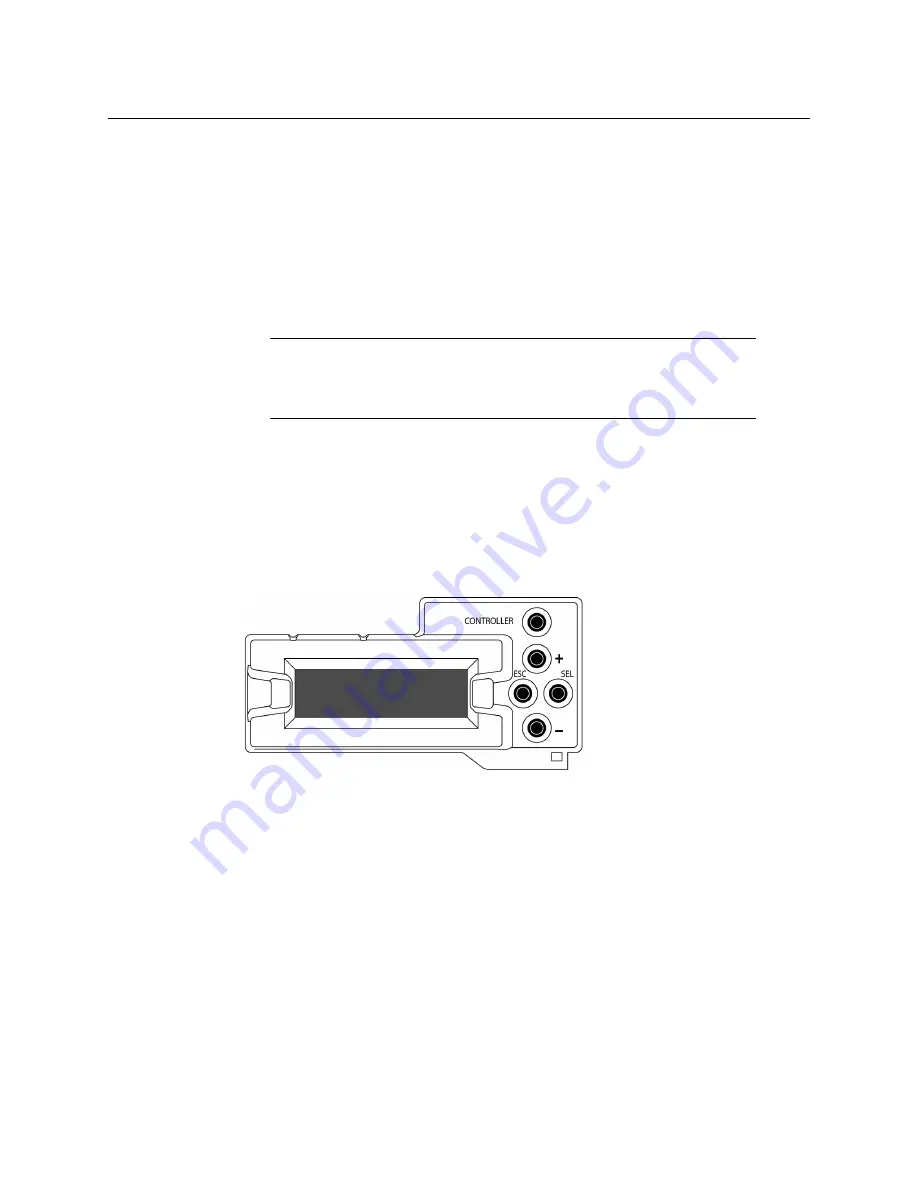
13
Kaleido-MX (3RU)
Quick Start Guide
default gateway as appropriate. See
Configuring the Network Settings for a Single-
or Dual-Head Kaleido-MX
on page 14.
The output card’s IP address will automatically become your system’s virtual
IP address.
4 Configure the Kaleido-RCP2, and Audio Bridge Terminal units you have connected to
your system, if any. See
Using the Kaleido-RCP2 with Default Settings
on page 22, and
Configuring an Audio Bridge Terminal
, on page 23.
5 Complete your Kaleido-MX system configuration by changing the system name, if
desired. See
Setting the System Name
on page 19.
You are now ready to open XAdmin and XEdit, from a client PC or laptop within the
same subnet, and verify your system communication status (see
Step 3: XEdit
Installation
, on page 27, and
Step 4: System Verification
, on page 31).
Setting a Densité CPU-ETH2 Controller’s IP Address
To set the Densité controller’s IP address
1 On the Kaleido-MX frame’s local control panel, press the CONTROLLER button.
2 Press the [–] button repeatedly until ETH1 OPTIONS appears on the display, and then
press the SEL button.
3 Press the [–] button repeatedly until IP ADDRESS appears on the display.
4 Press the SEL button.
The current value appears on the display.
• Press the [+] and [–] buttons, to change the digit at the current input position.
• Press SEL to move one position to the right.
• Press ESC to move one position to the left.
Note:
If there are more than one multiviewer in the same network
environment, it is important to assign each a unique system name, so that
you can tell them apart (for example, when using a remote control panel
such as the Kaleido-RCP2 or RCP-200).
USO
RESTRITO






























